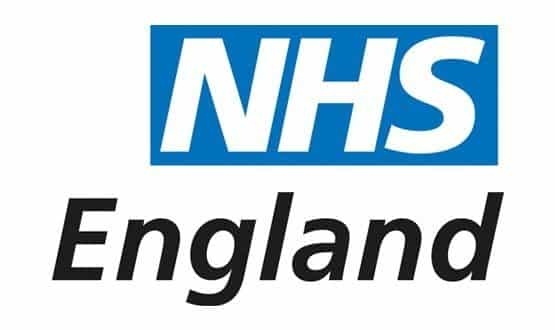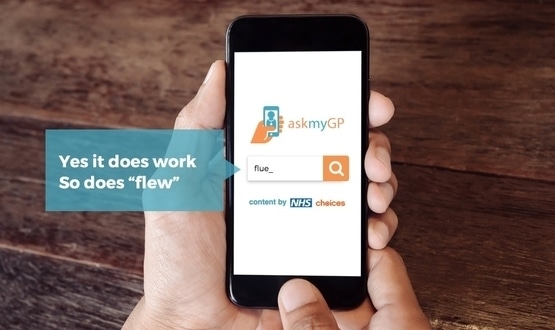Power to the people
- 24 July 2013

For patients, there are two sorts of information that matter: my personal heath record that documents my own, confidential journey – and everything else.
NHS England rightly aims to revolutionise patients’ relationship to both. Access to our on-line GP records from 2015 will transform my relationship with the first.
The new NHS Choices – or more formally the Integrated Customer Service Platform – is NHS England’s chance to learn the lessons from NHS Choices and create a 21st century platform serving patients’ information needs.
Given how important platforms have become in the rest of the world, it is entirely possible that over the next decade these two interlocking platforms – my EPR and a full blown, social media-enabled, health-focused platform – will become the defining feature of the NHS.
Just as we increasingly relate to our friends through the platform of Twitter and Facebook, so we may find that our interactions with our own records, on the one hand, and what we now think of as NHS Choices, on the other, increasingly define how we think about the NHS itself.
While the long journey to a patient-accessible EPR continues, the task of defining the ICSP is just beginning. It is easy to dream up all kinds of things we might want a reinvigorated NHS Choices to do.
We might want it to interact with apps, enable us to join with friends to lose weight, or authorise our data to interact with our Nectar cards, perhaps.
It is even easier to see these goals as primarily as a technical-cum-procurement problem: but how the ICSP is constructed will embody values that are at least as important as whether the platform works at a transactional level.
Funded from tax, ads, or companies?
Take the business models for the ICSP: NHS England could follow the Choices model and have the tax-payer fund it.
Possible, but unlikely in these cash strapped times, given the coalition’s professed desire to get out the market’s way. And a tax-funded, NHS-run site might find it hard to keep up with the speed that the rest of the web moves at.
So perhaps the next Choices will be funded at least in part by advertising. Look up how to treat your toddler’s temperature and get offered bargain-price nappies.
Commonplace on the web, but harder for government to sustain – especially at a time when people are hyper-sensitive to the suggestion that the NHS might be being prepared for privatisation.
Or the portal could sell its data. I’m sure that makers of flu vaccinations and employers organisations might pay for knowing that inquiries about flu had ticked up significantly. But under the government’s open data policies, such data should surely be free for anyone to mash-up.
Finally, the portal might charge third parties to get their information or their widgets onto its platform. This could yield some income but, again, would have to be carefully policed to make sure that information was not biased towards a particular therapy or provider.
So the choices we make about “the daughter of Choices” will reveal much about our evolving view of health care.
A ‘house of brands’ approach is unproblematic if you essentially see healthcare as a market. If mutuality and support is your thing, then you may want a platform powered much more by social media which, along the way, might generate criticism of those same brands.
The Visa model
Of course, NHS England does not come unencumbered to these decisions. Some 100-200 staff, recently TUPE’d from Capita to the Health and Social Care Information Centre, are currently employed keeping NHS Choices going.
What is going to become of them and their organisational memory of NHS Choices’and its code base? Will the new site be built afresh using open-source or is an intimate knowledge of the current site going to be valued going forward?
Time perhaps for a swift declaration of interest here. Patient Opinion already contributes stories to NHS Choices and would like to play an appropriate part in developing the ICSP.
So mine is a particular and partial view. Nevertheless, is there a sweet spot in all this? Can we imagine an ICSP that delighted patients and didn’t cost the tax payer an arm and a leg?
For my money, both the structure and the business model need to accommodate a wide variety of interests. This means it might be best run by an independent social enterprise that built and maintained the overall, open-source architecture of the site.
Flowing into this would be services from a whole ecology of infomediaries including information providers, transactions with the EPR and Spine, data to support choice, and a pooled feed from all feedback providers (like us at Patient Opinion).
This social enterprise might be a little like the Visa platform, which is co-owned by its stakeholders but governed to everyone’s benefit.
So the social enterprise might be owned by somecombination of NHS bodies and infomediaries, together with patient organisations and its own staff.
The core service would be funded by subscription fees from all NHS trusts and CCGs, with the proviso that individual subscribers could withhold up to 15% of their fee for poor performance against agreed KPIs.
All partners, from trusts to infomediaries, would be free to develop and donate or sell services that extended the core service. All the code and associated IP would be owned by the information centre, so that if the social enterprise went bankrupt an orderly transition could be assured.
Time to choose well
Many of the interactions with this ecology would be provided free because they enhanced the infomediary’s offering or helped them access the site’s massive Google traffic.
Some, like feedback about the patient experience, would pool data from multiple sources so that whichever platform patients or staff chose to use they would know they were seeing all relevant stories.
This kind of shared service would be handled by light-weight contracts policed by a ‘two strikes and you’re out’ model that quickly barred providers that didn’t live up to required technical or ethical standards. Providers that dealt with essential clinical transactions would be much more tightly governed.
There would, of course, be many things to be ironed out. But this kind of structure at least begins to manage the multiple, distinct interests of patient, NHS, industry and taxpayer.
It starts to do so in ways that embody wider NHS values, while creating market forces that could drive innovation and the creation of the widest possible social value.
Whether this kind of solution is possible politically or practically is of course moot. But the point of such models is not their accuracy but their ability to inspire us to do better than we think we can.


Paul Hodgkin
Paul Hodgkin is chief executive of Patient Opinion, a website on which patients, service users, carers and staff can share their stories of care across the UK. Patient Opinion is a not-for-profit social enterprise based in Sheffield.
Until 2011 Paul also worked as a GP and has published widely including in the BMJ, British Journal of General Practice and the Guardian and the Independent. Follow him on Twitter @paulhodgkin.




